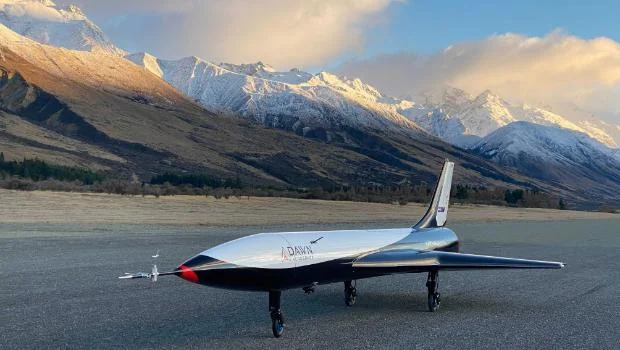
Dawn Aerospace’s Aurora Spaceplane: The Future of Suborbital Flights is Here?
Dawn Aerospace has officially opened sales for its groundbreaking Aurora spaceplane, marking a significant step toward democratizing access to suborbital space. This uncrewed vehicle, capable of carrying small payloads to an altitude of 100 kilometers, is poised to revolutionize how we approach space research and technology testing. But what makes the Aurora so different?
According to Dawn Aerospace's announcement on May 22, the Aurora spaceplane stands apart by adopting a commercial aviation model rather than the traditional spaceflight approach. This means selling the vehicle to customers who will operate it themselves, rather than offering launch services. Stefan Powell, CEO of Dawn Aerospace, emphasized this point during a Global Spaceport Alliance webinar, stating, "The airline model presents us with a far more scalable model for transportation, and one that we would really like to draw on."
The Aurora's design philosophy mirrors that of commercial aviation, focusing on reliability, reusability, and scalability. Extensive testing, including a November 2024 flight that achieved supersonic speeds (Mach 1.12) at an altitude of 25.1 kilometers, underscores this commitment. Powell describes it as "an aircraft with the performance of a rocket, not a rocket with wings," highlighting the vehicle's unique blend of capabilities.
The new suborbital version of Aurora incorporates increased propellant, engine thrust, and reaction control system thrusters. These enhancements will enable the spaceplane to reach speeds of Mach 3.5 and offer approximately three minutes of microgravity during flight. The overall flight duration, from takeoff to landing, is estimated at about half an hour, with the majority of the time spent gliding back to a runway. Dawn Aerospace claims turnaround times are very quick, demonstrating the ability to ready the vehicle for another flight within six hours, and aiming for a four-hour turnaround time in the future.
The market and economics of the Aurora spaceplane are promising. Dawn Aerospace is taking orders for deliveries starting in 2027, with projected per-flight prices starting around $100,000. With a design life of 1,000 flights and the potential for 100 flights per year, each vehicle could generate approximately $100 million in revenue. Several universities including Arizona State University, California Polytechnic State University and Johns Hopkins University are customers for test flights of the Mark 2 Aurora.
The Global Spaceport Alliance (GSA) has welcomed Dawn Aerospace's announcement, highlighting the potential for the Aurora spaceplane to revitalize underutilized spaceports. George Nield, chairman of the GSA, noted that the Aurora's ability to operate from a standard runway could provide "regular access to space" for many spaceports.
With its innovative approach and promising market potential, the Aurora spaceplane is poised to redefine the landscape of suborbital flights. Will this be the turning point for more accessible and frequent space research? What applications will benefit most from this technology? Share your thoughts and predictions in the comments below!